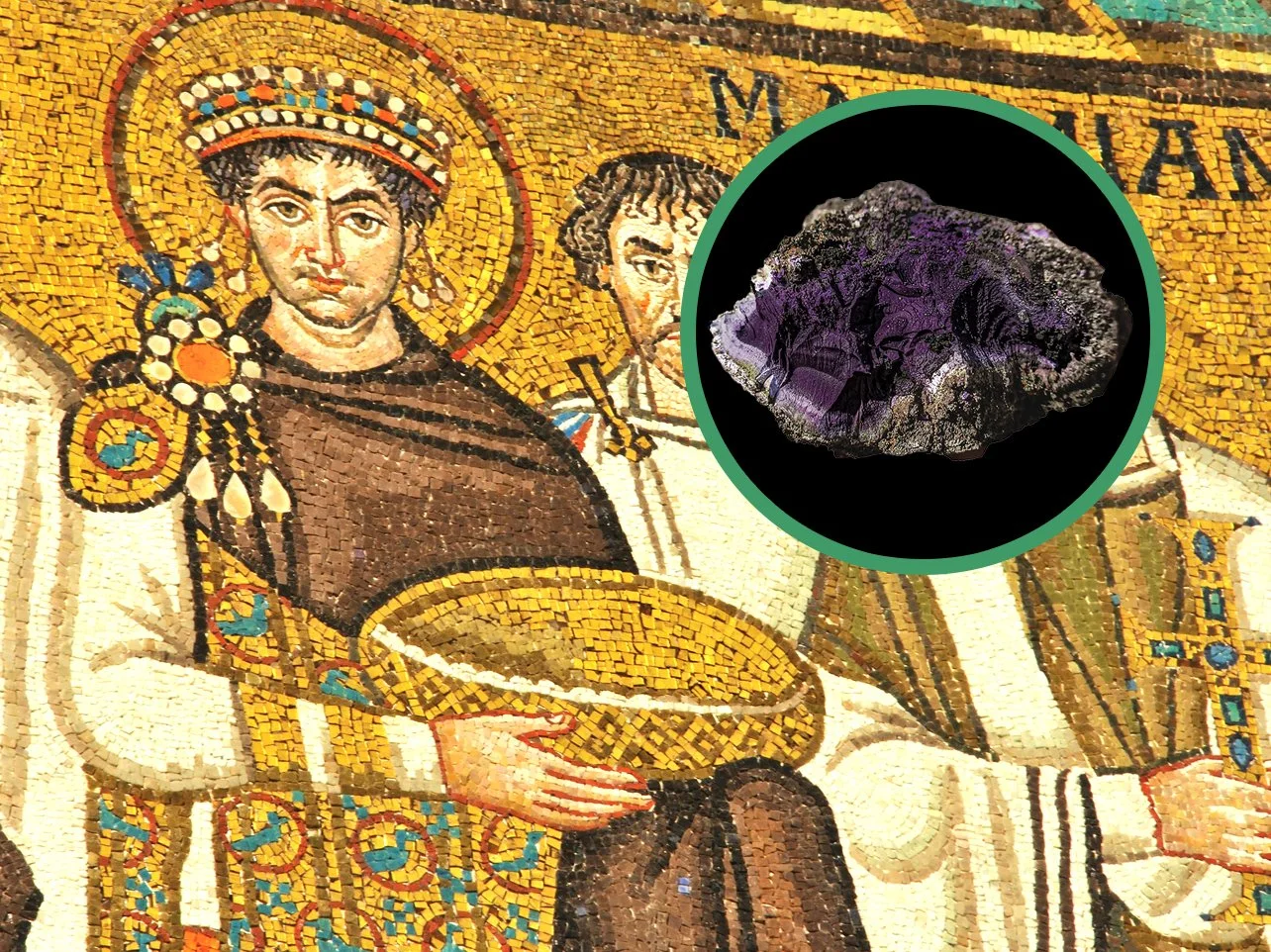Archaeologists from the Uncovering Roman Carlisle project have discovered a rare lump of Tyrian purple at the grounds of the Carlisle Cricket Club in Carlisle, England.
The project is a community supported excavation by Wardell Armstrong, focusing on uncovering a Roman bath house found in 2017.
The bath house is located near the Roman fort of Uxelodunum (meaning “high fort”), also known as Petriana, in the Carlisle district of Stanwix.
Uxelodunum was constructed to control the territories west of present-day Carlisle and an important crossing on the River Eden. The fort was garrisoned by the Ala Petriana, a 1,000-strong cavalry unit, whose members were all granted Roman citizenship for valour on the field.
Previous excavations at the bath house have discovered colossal sandstone heads depicting Roman gods, in addition to engraved gems known as intaglios, figurines, animal bones, and imperial-stamped tiles.
During the latest season of excavations, archaeologists found a mysterious lump of a soft purple substance. The substance was tested by researchers from Newcastle University, revealing that it contained levels of Bromine and beeswax.
According to the researchers, the substance is Tyrian purple, a coloured dye associated with the Imperial Court in the Roman Empire. Tyrian purple is secreted by several species of predatory sea snails in the family Muricidae, rock snails originally known by the name Murex.
Frank Giecco, Technical Director at Wardell Armstrong, said: “For millennia, Tyrian Purple was the world’s most expensive and sought after colour. It’s presence in Carlisle combined with other evidence from the excavation all strengthens the hypothesis that the building was in some way associated with the Imperial Court of the Emperor Septimius Severus which was located in York and possibly relates to an Imperial visit to Carlisle.”
“It’s the only example we know of in Northern Europe – possibly the only example of a solid sample of the pigment in the form of unused paint pigment anywhere in the Roman Empire. Examples have been found of it in wall paintings (like in Pompeii) and some high status painted coffins from the Roman province of Egypt,” said Giecco.
Header Image Credit : Wardell Armstrong
Sources : Wardell Armstrong







